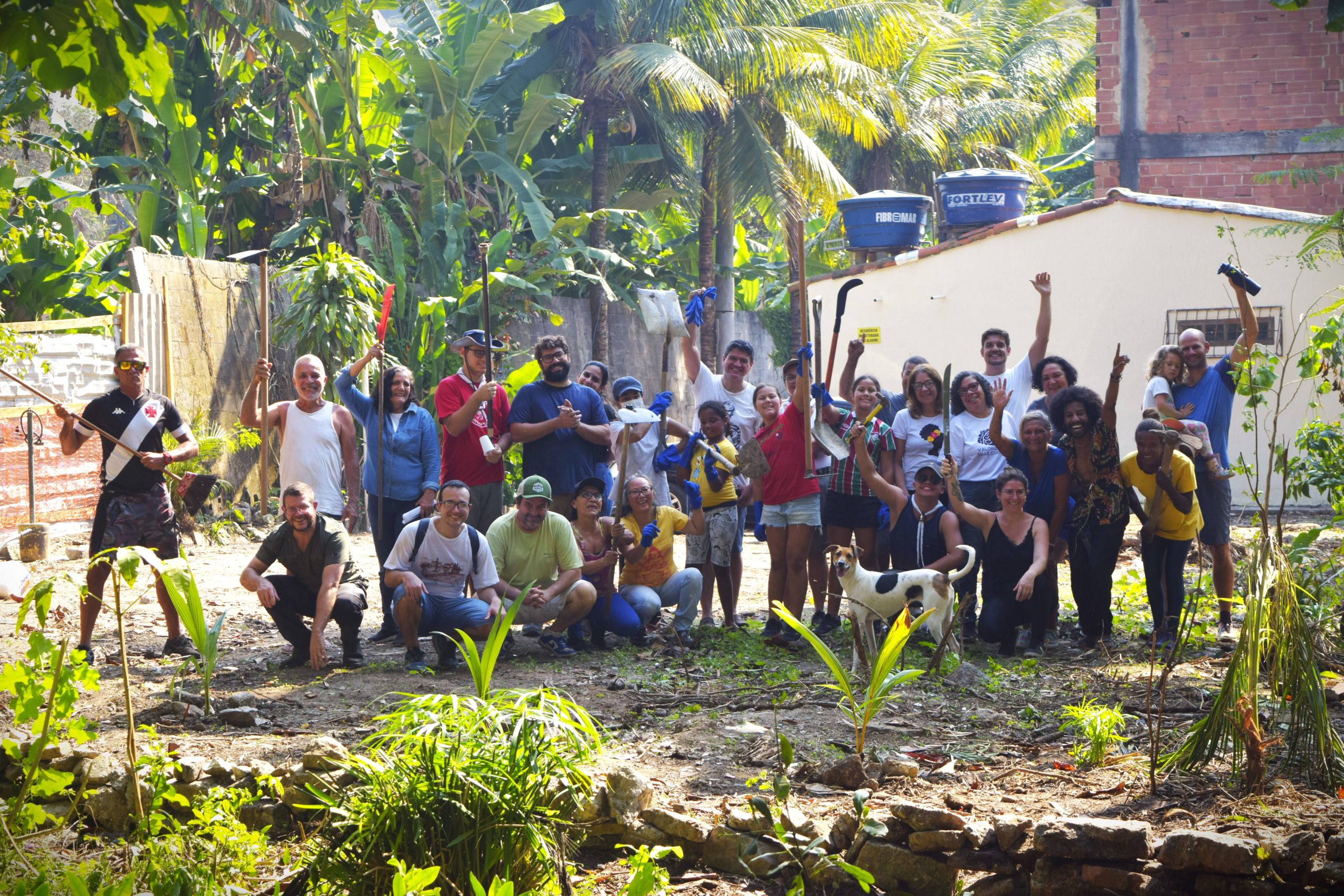
 This article is part of a series created in partnership with the Behner Stiefel Center for Brazilian Studies at San Diego State University, to produce articles for the Digital Brazil Project on environmental justice in the favelas for RioOnWatch.
This article is part of a series created in partnership with the Behner Stiefel Center for Brazilian Studies at San Diego State University, to produce articles for the Digital Brazil Project on environmental justice in the favelas for RioOnWatch.
On Saturday, August 17, housing rights and environmental preservation were at the forefront of a collective action in Vila da Lagoa, a community on the Tijuca Lagoon, in the neighborhood of Itanhangá, in Barra da Tijuca, West Zone of Rio de Janeiro. The effort promoted mangrove restoration and improvements to water and sewage drainage, which had suffered following City Hall’s infilling of the area in July 2024. During this truculent process, the Mayor’s Office began construction of a public square, taking down trees and part of a Permanent Preservation Area (APP) that had been preserved by residents for at least 20 years.
Vila da Lagoa is located in a protected area on the banks of the Tijuca Lagoon and neighbors islands such as Gigóia and Primeira. The community has two points of entry, one via Itanhangá Street and the other by boat across the lagoon. The area is comprised of a rectangle of reclaimed land, measuring 12 meters wide and 200 meters long, and is entirely residential. Currently, there are 16 buildings with 70 residences and approximately 100 residents.
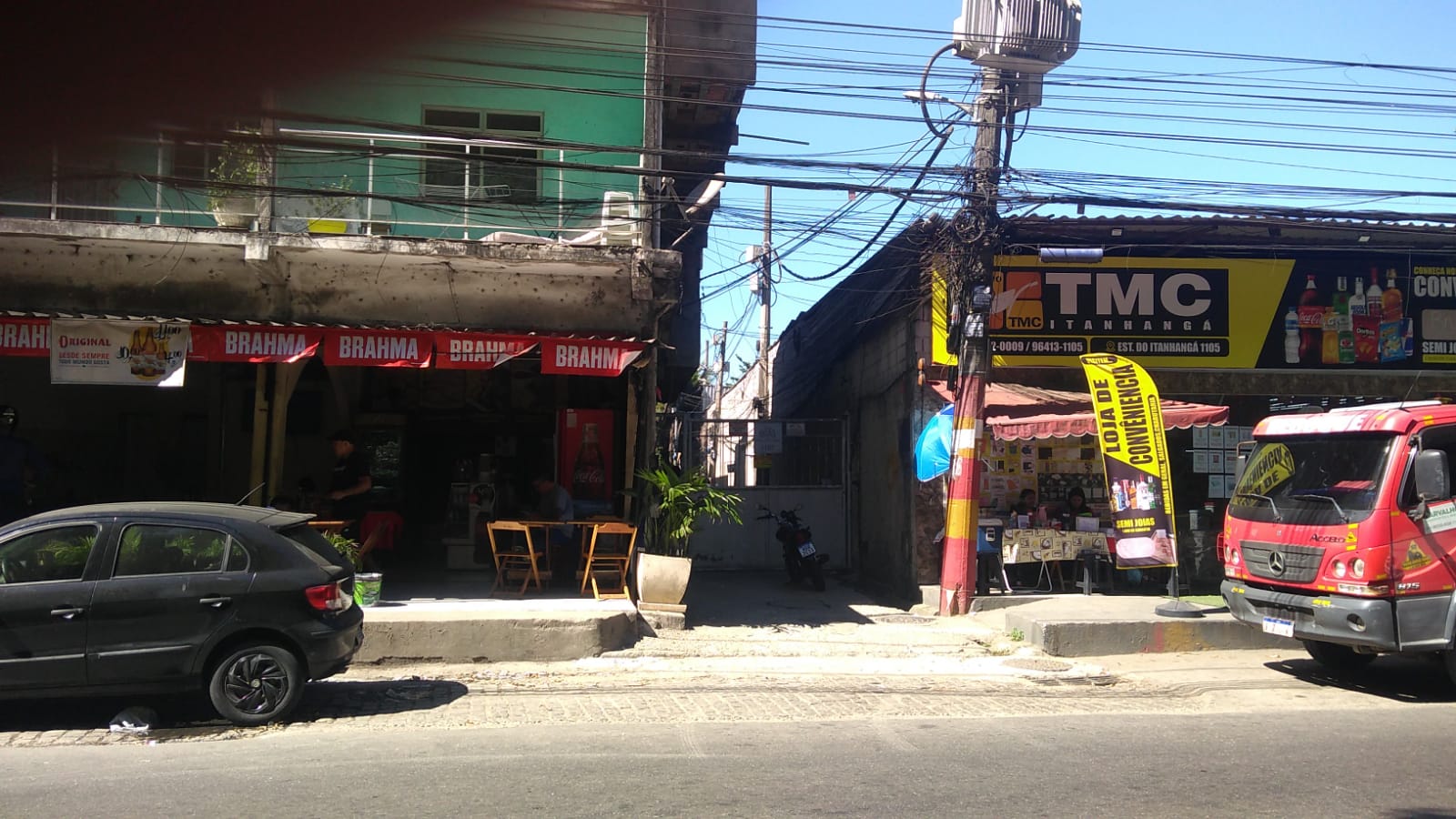
Vila da Lagoa has suffered from ongoing real estate speculation, with civil construction projects and proposals since at least 2016. The most recent was an attempt to build a public square, which has raised concerns among residents as it threatens their environmental preservation efforts.
The square would be built in a 12×30 meter space that, for decades, has been used by residents for turning and parking their vehicles, as a point of access to boats transporting residents and visitors, and that had been reserved for future ecological sanitation installations—vital for preserving the environment and the flora and fauna of what some refer to as the Rio de Janeiro Wetlands.
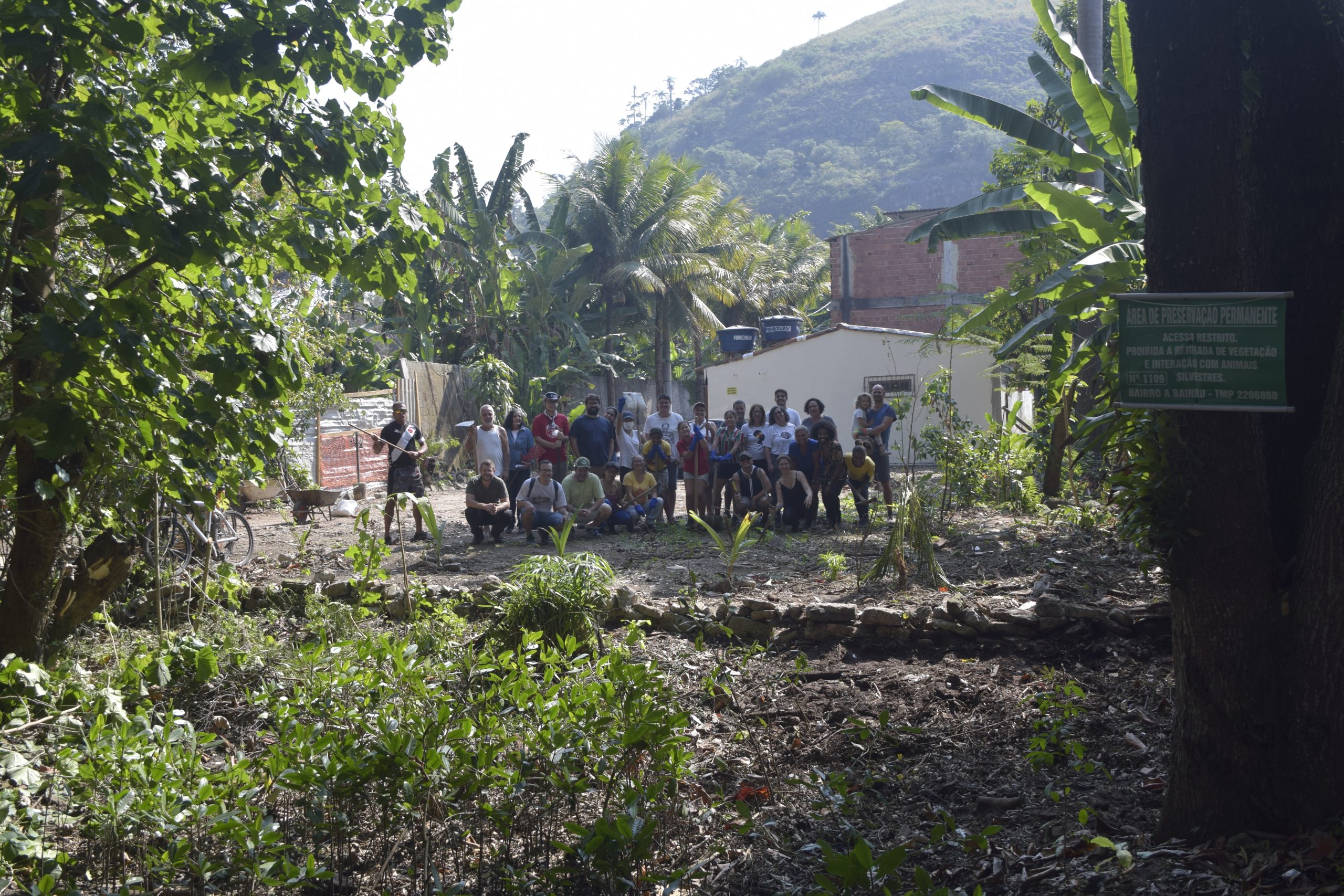
The History of Vila da Lagoa
The history of Vila da Lagoa began in the 1970s, when the National Department of Public Works and Sanitation (DNOS), a federal government agency, carried out public works in the area. Leftover materials were used as infill, gaining scale and generating many of the now-inhabited lands in the area. This is how several communities and condominiums emerged around the Tijuca Lagoon, including Vila da Lagoa.
During the 1990s, the Secretary of Federal Patrimony (SPU) was called upon by the Federal Prosecutor’s Office (MPF), which opened an inquiry to increase oversight of the area and monitor population growth. Rio’s municipal government also followed the case. Land reclamation at this location was completed between 2002 and 2003.
The last attempt to fill in the area was reported during the course of this inquiry, when a former resident built a stone wall at the far end of the Vila, where the parking lot is now located. However, the construction encroached further into the lagoon, occupying even more federal land. As a result, the Municipal Environmental Secretariat (SMAC) deemed the construction illegal and stopped it, which led, among other measures, to a fine on the responsible party.
After this resident left, the space became vacant and was taken care of by other residents. Between 2005 and 2016, thanks to popular mobilization, a parking lot and U-turn area were created, along with a space for mooring boats and the revitalization of the mangrove.
In 2012, during the process of legalizing the surrounding area, the Land and Cartography Institute of the State of Rio de Janeiro (Iterj), responsible for land titling, registered three addresses under a single deed: Vila da Lagoa, Vila do Seu Chico, and the Pedra do Itanhangá community. They also designated the space that the residents had set aside for common use and preservation in Vila da Lagoa as a public square.
In 2019, Vila da Lagoa was selected in a public bid issued by the Council of Architecture and Urbanism (CAU), with support from the Favelas Pastoral Committee, a Catholic Church institution that has historically supported the struggles of Rio de Janeiro’s favela residents. In 2017, after a visit to Vila da Lagoa where they observed the precarious sanitation conditions, the Pastoral Committee dedicated itself to developing an ecological wastewater treatment project under the leadership of architect Sandra Kokudai.
In 2023, the state’s Integrated City Program distributed booklets to promote the Itanhangá Square project, designed by architect Marcelo Mourão and coordinated by Ruth Jurberg. The blueprint proposed full occupation of the area, including the existing Permanent Preservation Area (APP)—an environmentally protected zone where construction is prohibited—and the potential removal of homes. As a result, in July 2024, Vila da Lagoa faced yet another attempt to build the square, which conflicted with the ongoing preservation efforts led by residents. Without federal authorization, the municipal government arrived with heavy machinery, leaving behind a trail of destruction and damage. During this intervention, workers filled in the drainage channel for rainwater and sewage, causing flooding of pedestrian pathways and house entrances during rainfall. Additionally, the last house in the Vila was damaged when one of its pillars cracked, compromising the structure.

Furthermore, during City Hall’s latest visit, plants and trees that residents had cultivated for over twenty years were uprooted by Comlurb, the municipal waste management utility, leaving the area unrecognizable.
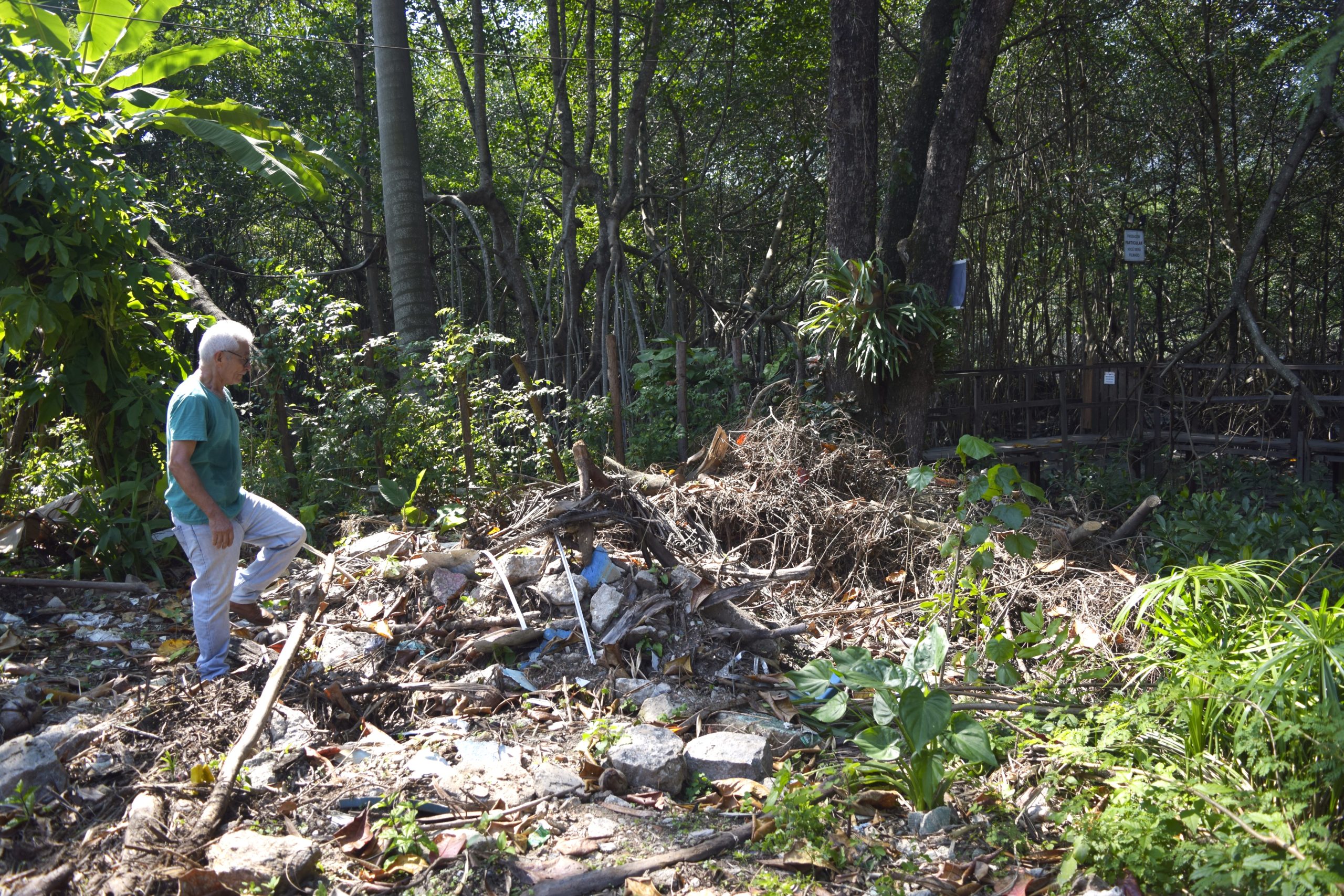
Alessandra Lima*, who follows Vila da Lagoa’s situation closely, states that the community has faced increasing difficulties in the last few months. She points out many barriers imposed by state bureaucracy around any attempt to modify the Vila’s homes, especially in relation to land tenure and titling:
“No one can carry out construction without approval from the Union [the federal government], which owns the area. The municipal government doesn’t have the power to just go in and build [anything] without legal authorization, because the spot also includes a permanent preservation area. That whole area is demarcated within the land tenure case… The lawsuit has been going on for over ten years. The last time we went to SPU, there was a different president. They required a blueprint because the case had stalled. The requirement was fulfilled, but the case is stalled. This is not a case that moves with ease and agility, especially since in order to legalize the land, the Union must verify blueprints, demarcations, [before] authorizing it. The case will probably go back to Iterj, which is responsible for implementing the blueprints and registering the properties… So, our battle continues!”
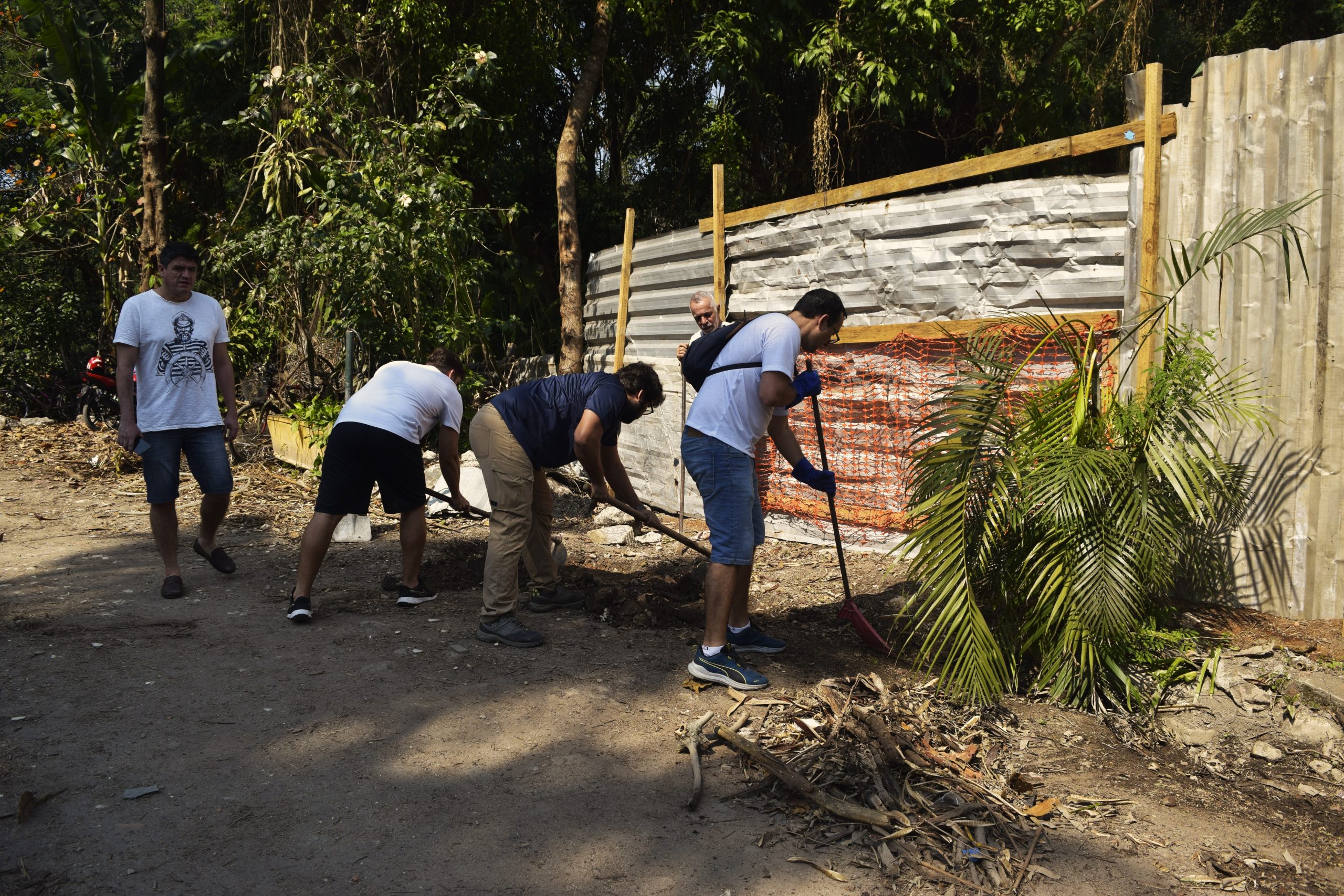
Collective Action for the Area’s Environmental Preservation
Vila da Lagoa is committed to restoring the mangrove vegetation, a vital ecosystem for both environmental preservation and residents’ quality of life. The mangrove serves as a natural barrier against erosion, protects biodiversity and contributes to climate stability, while also providing sustenance for families who, among other activities, offer boat tours to visitors.
With around 30 volunteers, the effort included institutions such as the Favelas Pastoral Committee, the Popular Council, the Centro Occupation, the 77 Uirapuru Scouts Troop from Ilha do Governador, students and faculty from Rio’s Pontifical Catholic University (PUC-Rio) and the Federal University of Rio de Janeiro (UFRJ), as well as residents of Vila da Lagoa and other favelas, including Rocinha and Complexo da Maré. The objective was to clean up the debris left City Hall in the mangrove, replant seedlings uprooted by Comlurb, and set up a modest temporary sewage system to meet basic needs until a more suitable project for the area’s terrain and dimensions can be implemented.
Alessandra highlights that State negligence has plagued Vila da Lagoa since its founding. She also recalls how pre-election periods have been particularly difficult for residents, as threats to their permanence increase due to electioneering:
“The Mayor’s Office knew the square would be in a preservation area that belongs to the Union; there’s some electioneering going on with this [project]. In 2022, City Hall tore down a wall that delimited an area between Vila da Lagoa and a neighboring community during a pre-electoral period. Now they’ve returned, trying to carry out construction in a ‘brute force’ manner [without any prior notice], but quickly left because, on that very same day, the Federal Prosecutor’s Office filed a public interest civil action (ACP) questioning what was happening here. In the three days the municipal employees were here with their machines they cut down trees and filled in over them… [They killed] mangrove seedlings that were still being cared for. We’ve been trying to preserve this area for years because we learned, after the penalty for the last infill in 2003-2004, that it’s an area that cannot be built on. It was included in the ongoing land regularization lawsuit, but since this area is labeled a ‘square,’ people confuse their interests and try to push for this square… [Meanwhile] Vila has never had a sewage system, regular water supply, or paving. That is to say, within Vila’s 200 meters, where there is a real need for government intervention, nothing is done, and we’re ignored.”
The resident reports a series of challenges and achievements related to the preservation of the mangrove and the local community’s quality of life, in the face of a lack of infrastructure and public services, amidst ongoing land conflicts:
“In 2016, with the arrival of the metro, the number of people using the taxi-boat service to cross increased, as Itanhangá Street became heavily congested during rush hour… The mangrove was being severely degraded. So, in 2017, we—residents, boaters, and environmental advocates—organized a collective effort and built a 30-meter-long deck, and the edges of the mangrove began to recover. It was a victory because we were at least able to protect that part of the mangrove… It’s important to note that we have issues with trash… We are the ones who have to clean it up because as the area isn’t maintained by the City, no public services are provided: all the cleaning and conservation are done by us.”
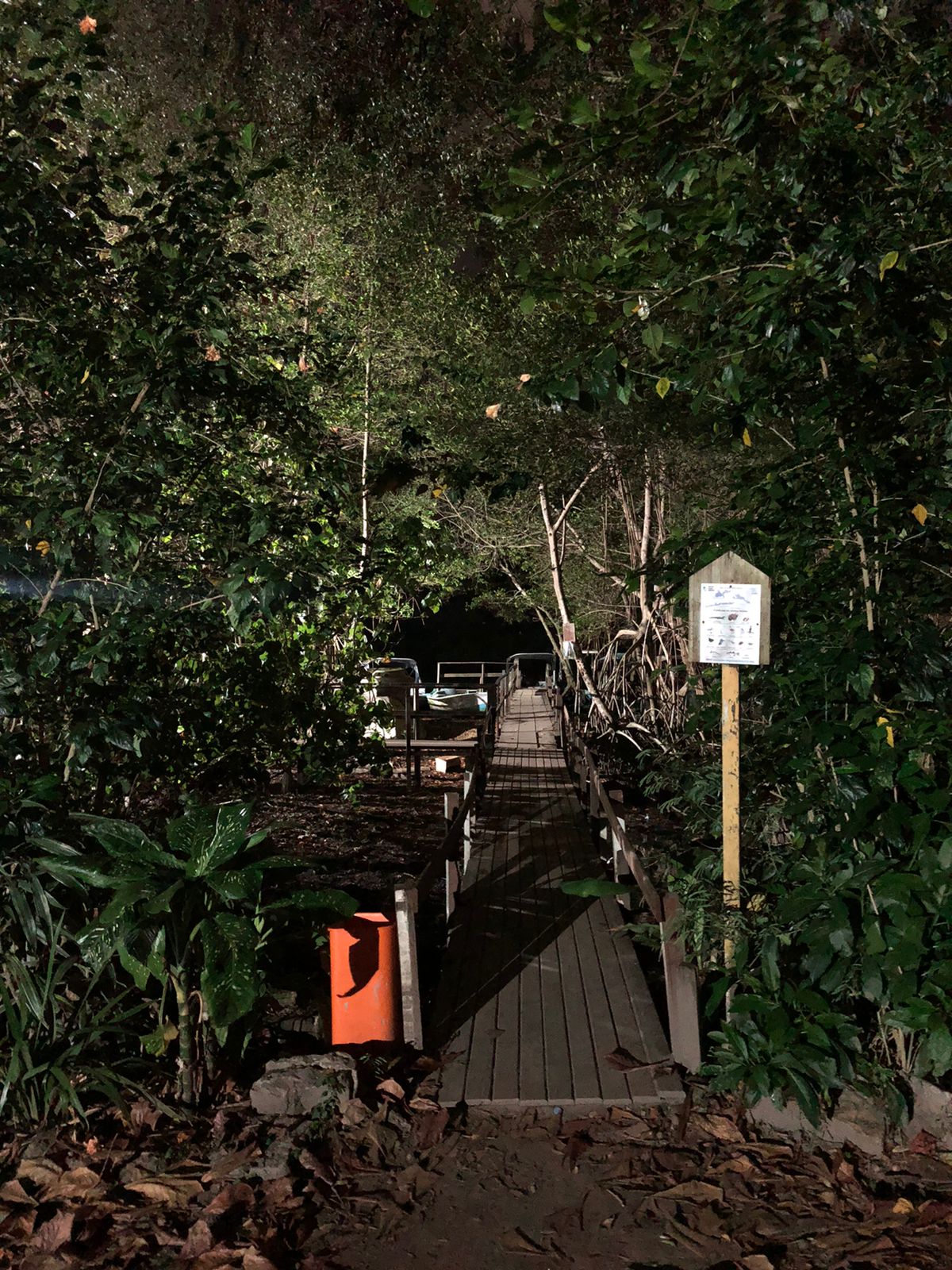
Also present at the collective action, Eliane Souza de Oliveira, a lawyer for the archdiocese and the Favelas Pastoral Committee, which has been promoting rights such as access to housing for 47 years, shared the support provided to Vila da Lagoa. According to her, at first, many houses in the community didn’t have blueprints, and there was only one IPTU [municipal property tax] for the entire area, a situation they’ve been trying to reverse for years.
“The Pastoral has its evangelizing side, but above all, we want to help these people understand that they have rights. The person who goes to live in a favela, on a hill, carrying bricks on their back, doesn’t do it because it’s good for them or because they like it. They do it out of necessity. And then City Hall or the Government [State or Federal] comes along, says they can’t stay there, and destroys everything they built, without offering alternatives. So we try to help them understand that housing is a constitutional right that must be respected.” — Eliane Souza de Oliveira
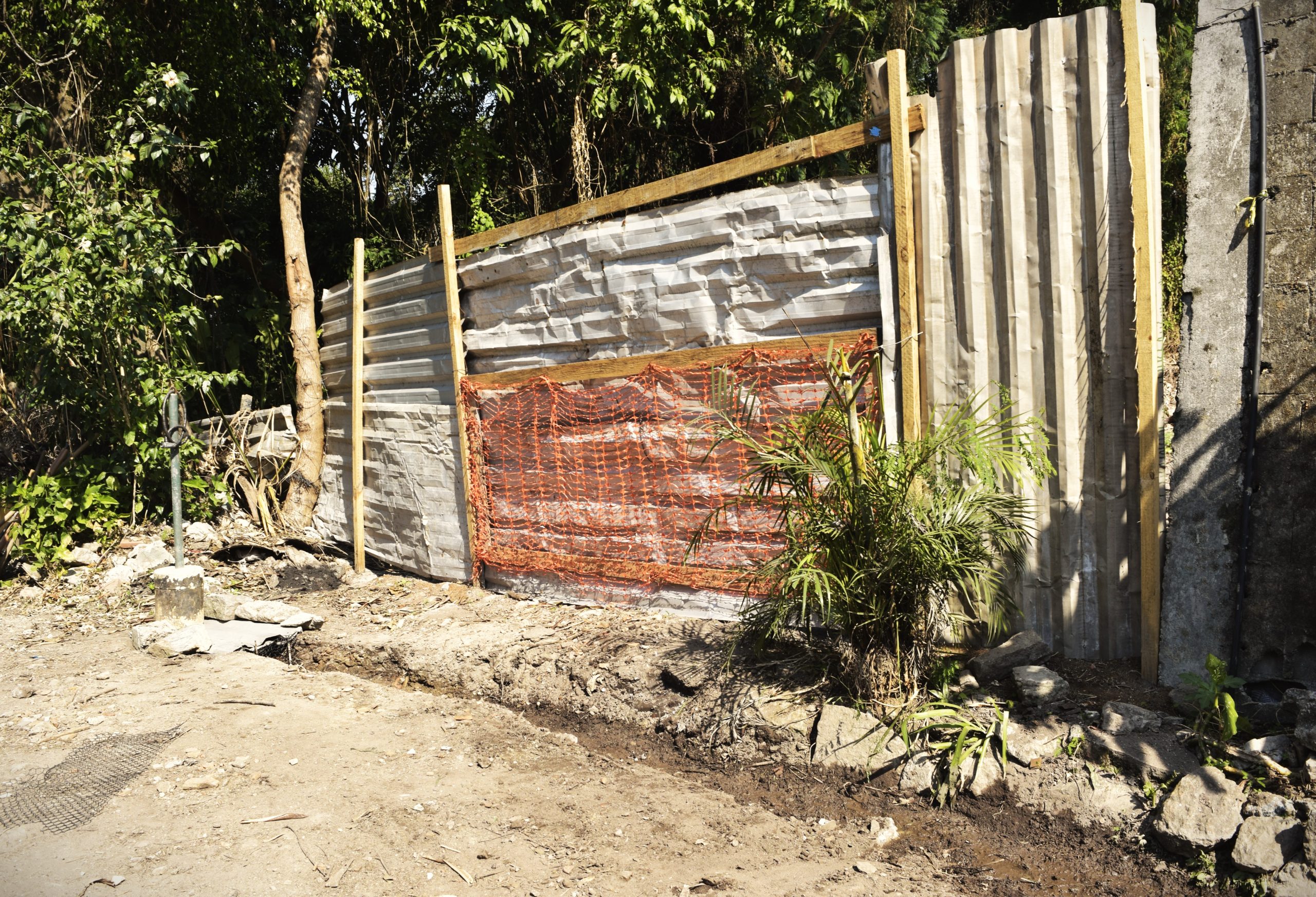
According to another participant, architect Sandra Kokudai, also a volunteer with the Popular Council, in addition to all the practical and immediate results for the community, the collective action draws the authorities’ attention to the real needs of the Vila da Lagoa population.
“This is a task force aimed at embracing and amplifying what the community truly wants, which is to preserve the mangrove and treat the sewage so it doesn’t flow into the Tijuca Lagoon. In the Atlantic Rainforest biome, we have mangroves, floodplains, and sandbanks… The mangrove is an especially vulnerable and threatened part of Brazil’s large coastal cities. Mangroves capture much more carbon than the Amazon and serve as nurseries for ocean life. In this area of Vila da Lagoa, if you look at sea level rise projections, there are predictions that this region will flood. One of the actions we’re taking today is maintaining the drainage ditches, because water had already started accumulating due to the infill City Hall did here… So it’s clear that the solution isn’t a project conceived by an urban planner or architect sitting in an office, but by listening to the people who really use the space: the residents. That has to be the way forward!” — Sandra Kokudai
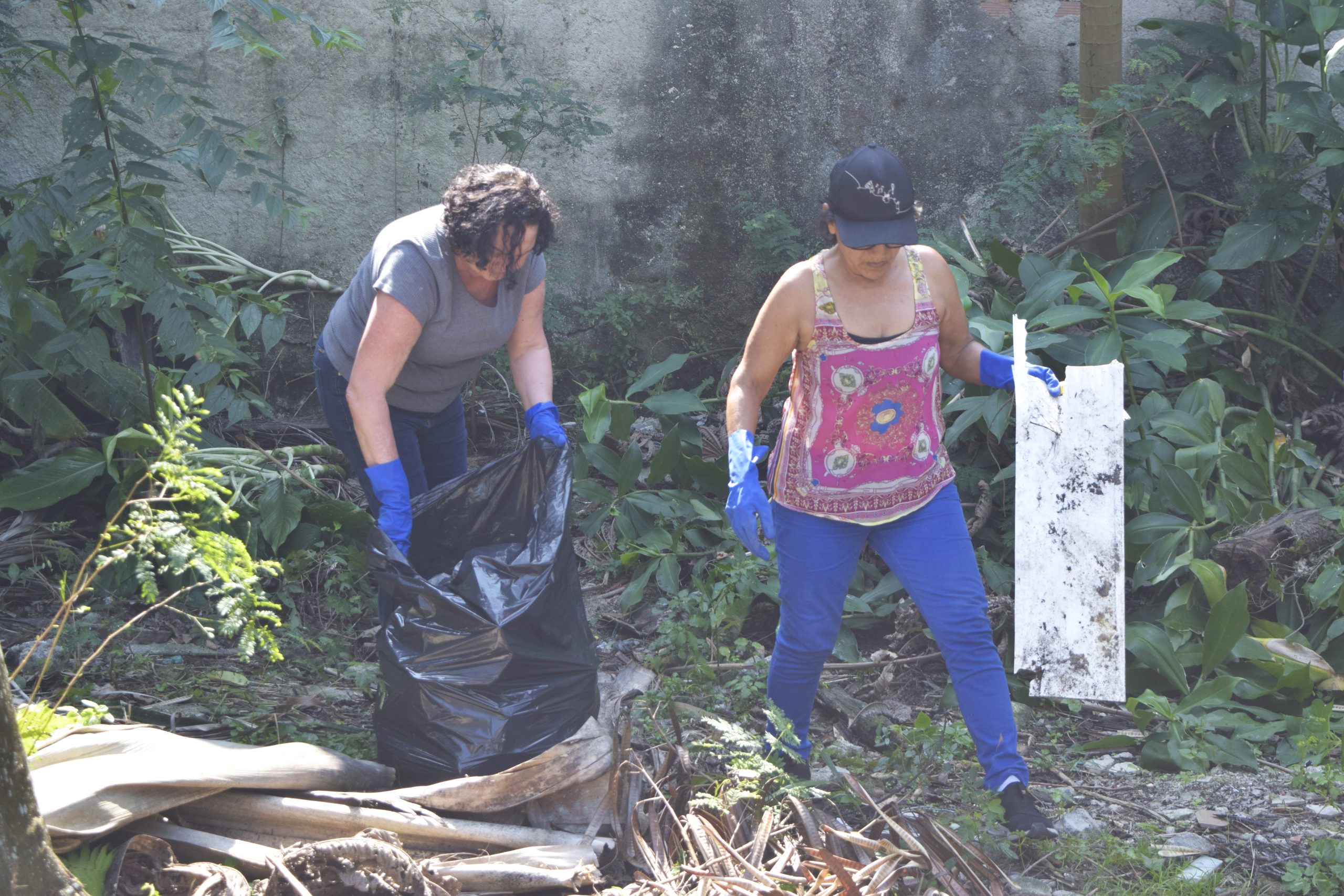
Following this same premise, Stephany Farias, a lawyer and resident of Vila da Lagoa since the age of two, highlights the importance of the collective action in fostering awareness for future generations.
“This is for our future, right? For my children’s future, for my mother’s old age, for the peace in this space we’ve always cultivated and cared for, but [that] man, always in pursuit of money, seeks to destroy. The goal here is to maintain a peaceful, clean environment, in harmony with nature, because we have a very strong connection with it, and, above all, for the future and for the next generations.” — Stephany Farias
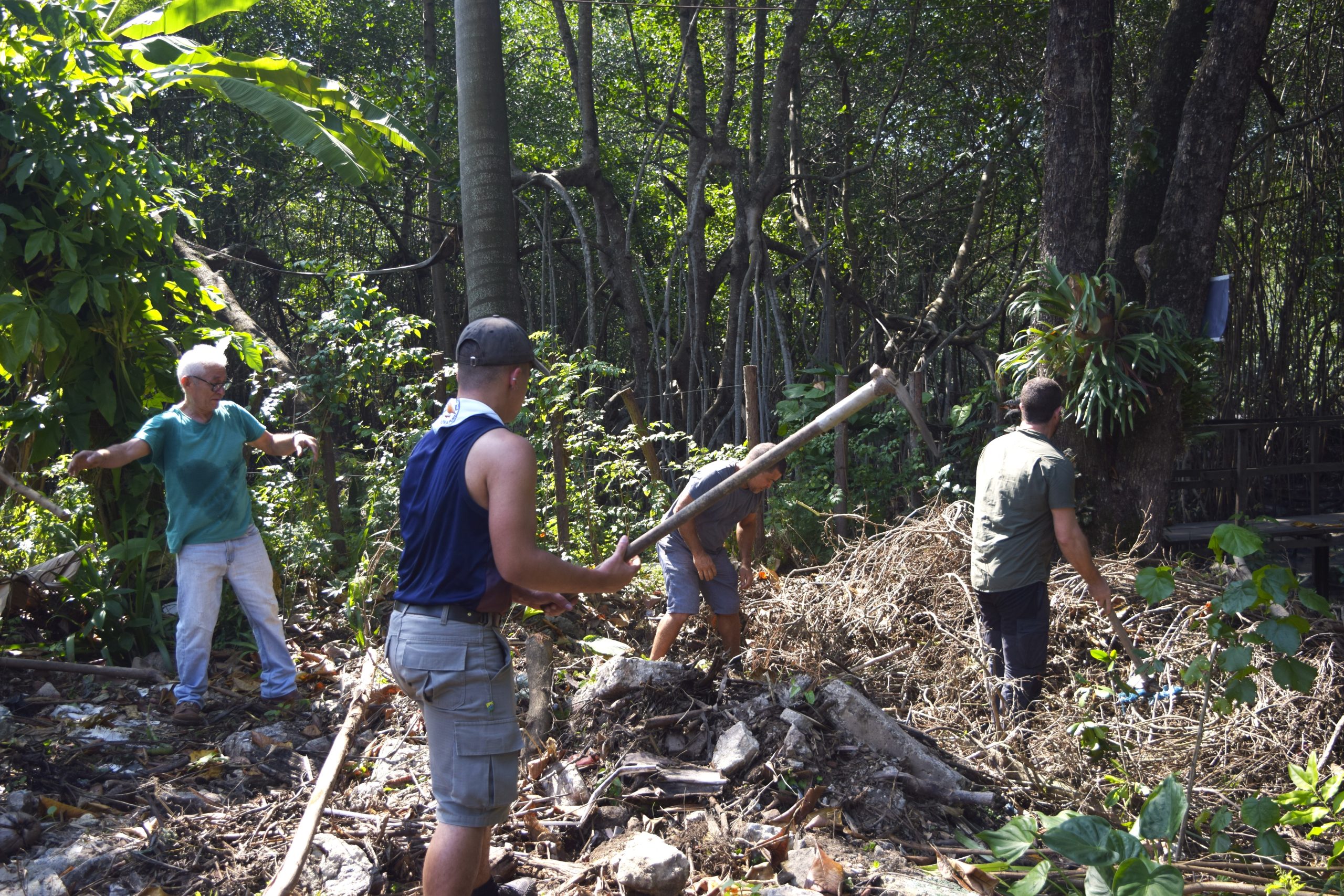
Living with nature is an act of communal responsibility for Erismalda Neto, a nurse and resident of Vila da Lagoa for over ten years:
“We’re doing this work to keep everything tidy and clean. I love plants, flowers, I love everything… It’s so we can have healthier air, right? When we get together, it’s about companionship, everyone coming together for a just cause… We’ve lived here for many years. It’s a calm, peaceful community, with lots of plants and animals… [Even] parrots show up… There’s no point being in nature if you don’t know how to preserve it, if you don’t have a clean heart to help protect it.”
This perspective of closeness and mutual benefit with nature is also shared by Nilzete de Jesus, a cleaner and resident of Vila da Lagoa for the past year:
“The Lagoon and the planted trees are right next to where I live. My cats are so happy playing on the plot of land. Life in nature is priceless. I was used to living in an apartment that didn’t have any plants, didn’t have anything, and here there’s nature everywhere. Even when it’s hot, you don’t feel the heat; you breathe in the fresh air of nature. It’s really nice… we want nature to stay clean, and the Lagoon to stay clean.”
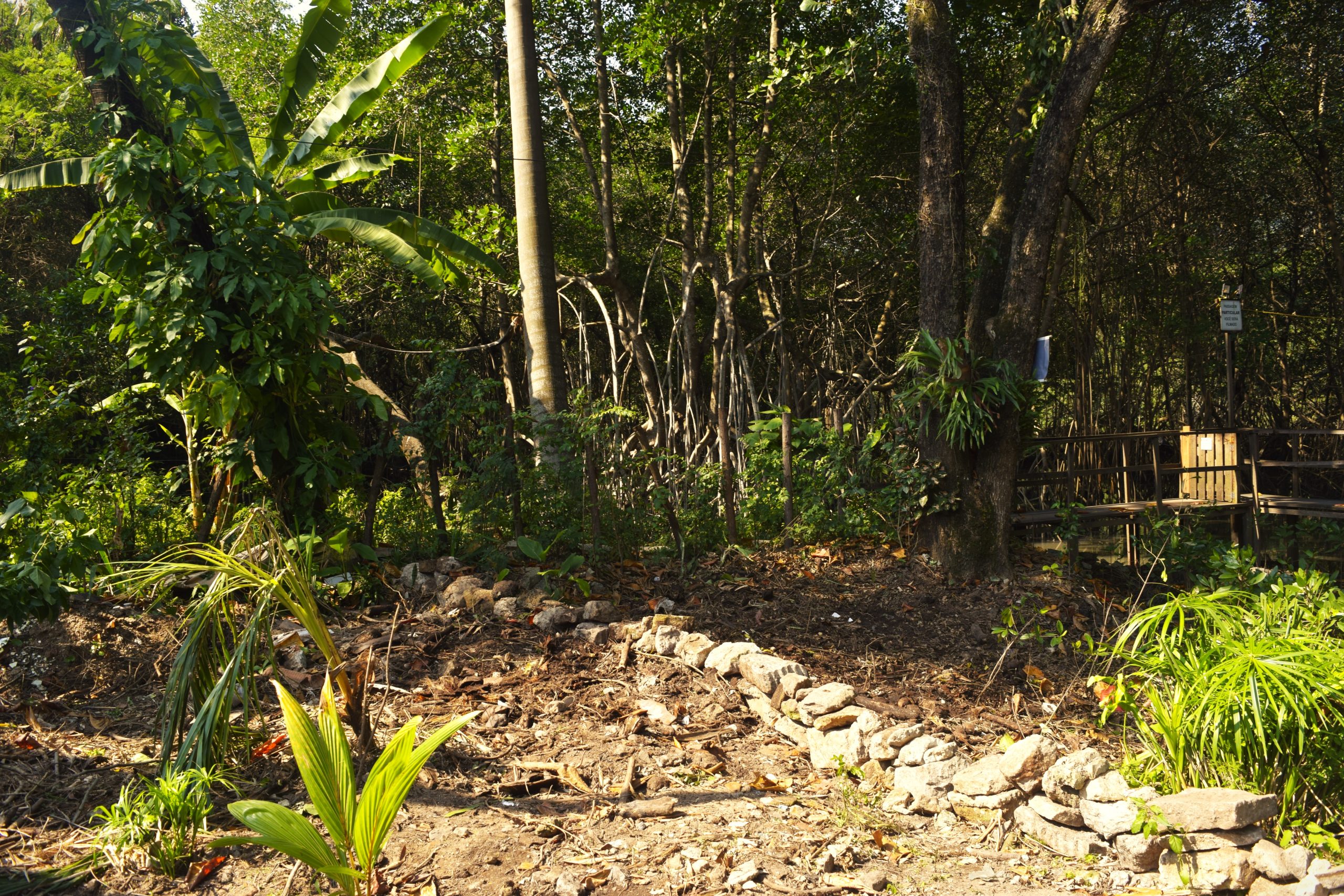
On the other hand, the preservation of the ecosystem around Vila da Lagoa also has economic impacts. This is what Gabriel Heliodoro, an ecotourism guide and resident of Gigoia Island, neighboring Vila da Lagoa, explains:
“It’s extremely important not only for me, as a guide, but for the entire population of the Tijuca Lagoon archipelago… [We have] a variety of animals here, including alligators, capybaras, and the cocoi heron, one of the largest in Latin America. We have a total of four herons here… This aquatic environment makes us rich. We’re rich in our abundance of fish, mullets, and many other species from both salt and freshwater… It’s time for us to raise awareness… Not to mention that the local population depends on these fish for sustenance. So, when pollution invades, we will also be affected.”
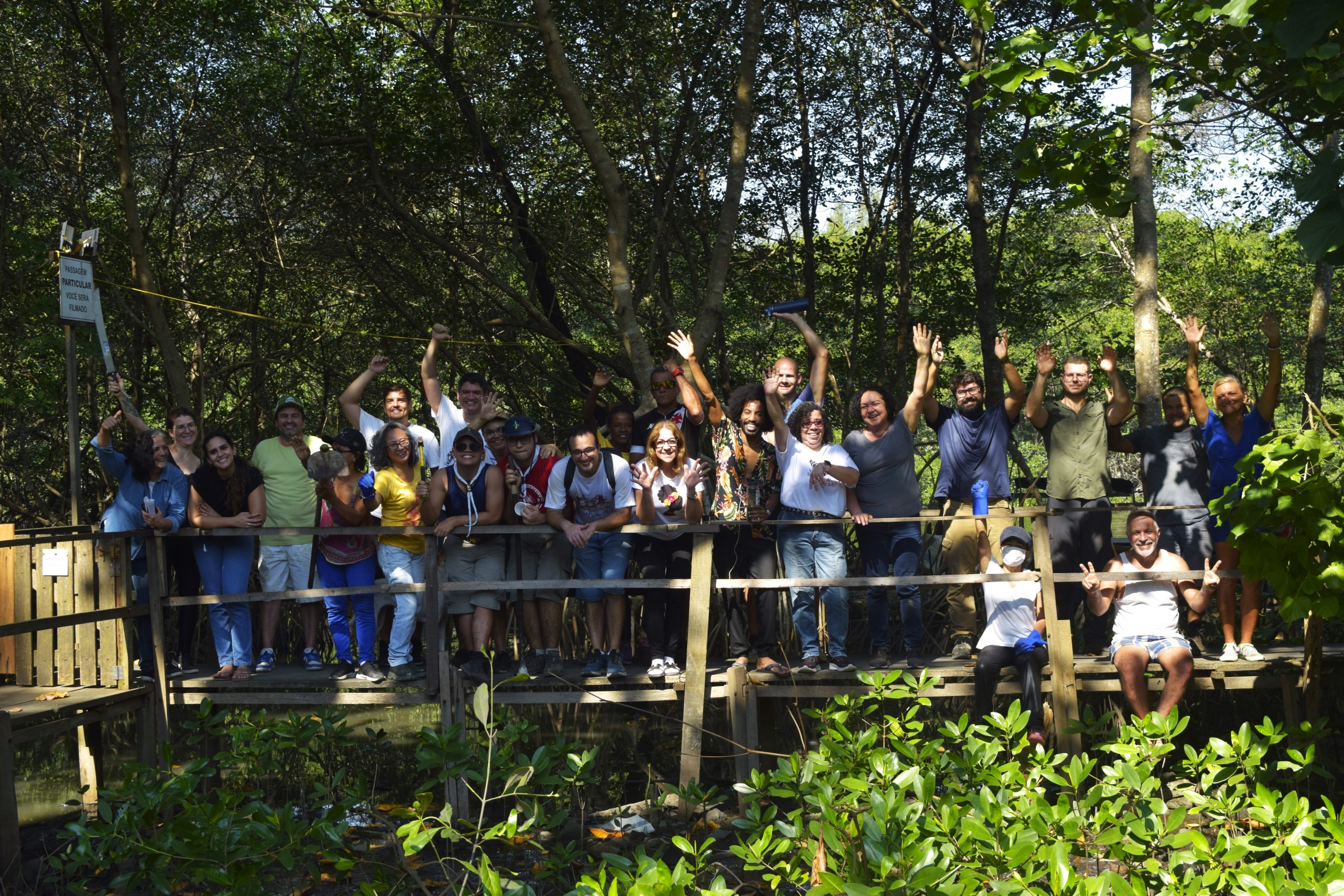
Vila da Lagoa is one of many examples of how residents build relationships with the environment that differ from the stigmas associated with favelas. It is also a lesson in how collective effort, generosity, and goodwill can recover territories devastated by environmental racism. The solution found by Vila da Lagoa was collective self-organization and caring for one’s surroundings, even in the face of historic and structural State negligence.
*The interviewee’s name is fictional to preserve her identity and privacy.
About the author: Amanda Baroni Lopes is a journalism student at Unicarioca and was part of the first Journalism Laboratory of Maré community newspaper Maré de Notícias. She is the author of the Anti-Harassment Guide on Breaking, a handbook that explains what is and isn’t harassment to the Hip Hop audience and provides guidance on what to do in these situations. Lopes is from Morro do Timbau and currently lives in Vila do João, both favelas within the larger Maré favela complex.
